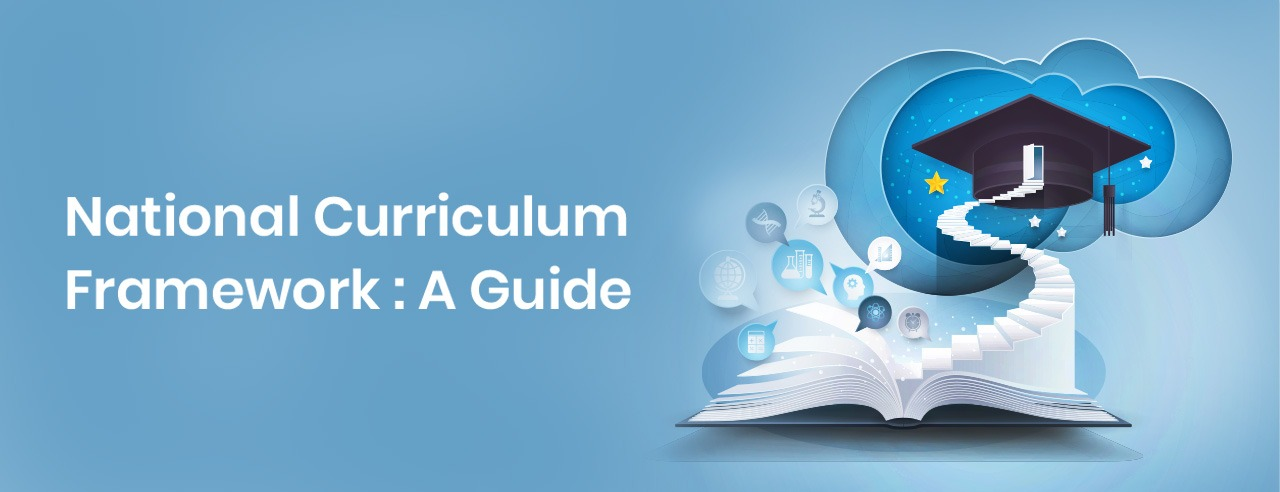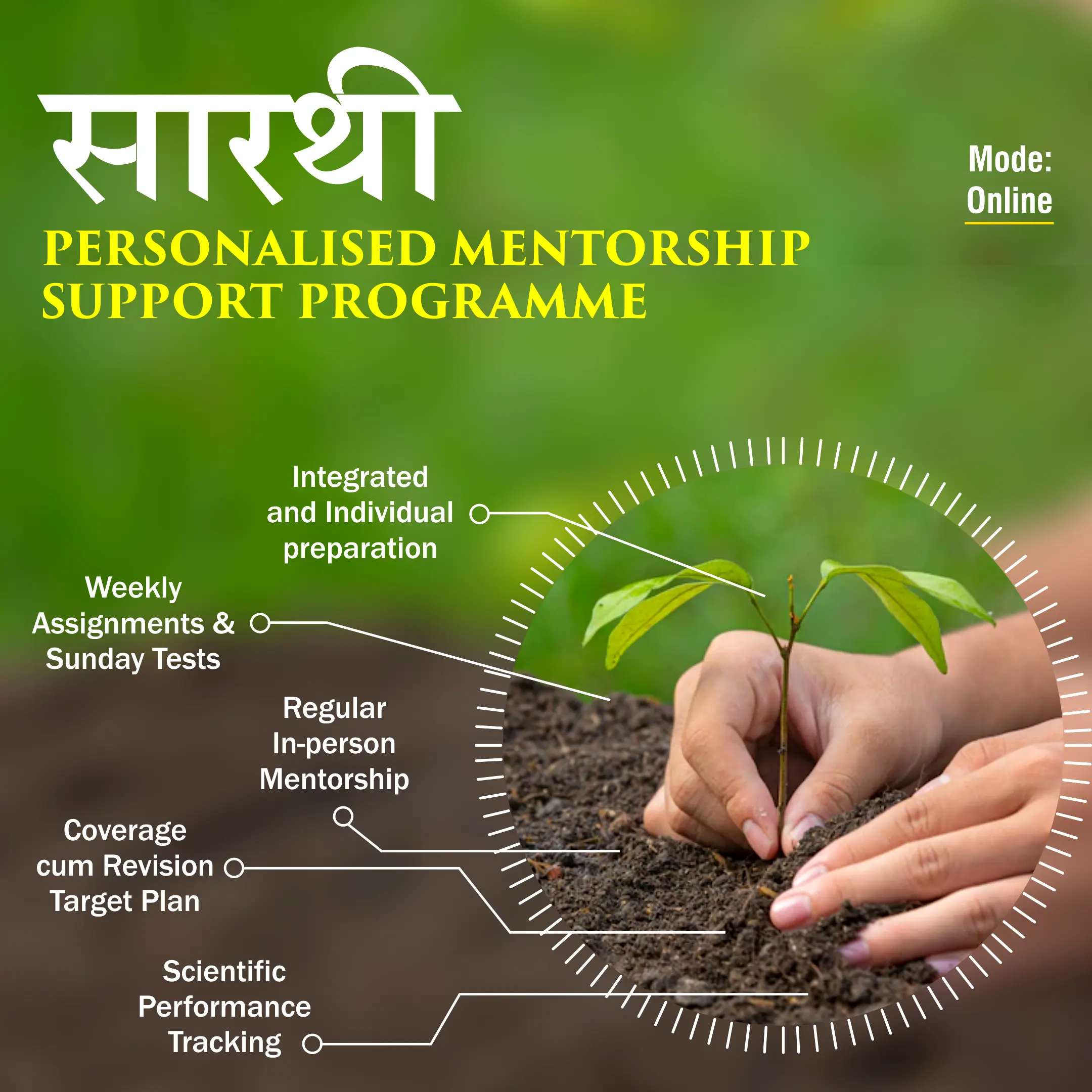
Copyright infringement not intended
Picture Courtesy: Skoolbeep
Context: The final National Curriculum Framework (NCF) was unveiled by the Education Minister. It has introduced new language policies for Classes 9 to 12. According to the NCF, students of Classes 9 and 10 will have to study three languages, out of which at least two should be from India. The NCF aims to promote multilingualism and cultural diversity among the students.
Details
- The National Curriculum Framework (NCF) was released by the National Council of Educational Research and Training (NCERT).
- The new education policy has introduced some major changes in the secondary stage of schooling.

Key features of the policy
Language Learning
- The policy emphasizes the importance of learning multiple languages, especially native Indian languages.
- Students in Classes 9 and 10 will have to study three languages, out of which at least two should be Indian languages.
- In Classes 11 and 12, they will continue with two languages, one of which must be an Indian language.
- The goal is to enable students to achieve a "literary level" of proficiency in at least one Indian language.
Board Exams
- The policy aims to reduce the stress and anxiety associated with board exams by allowing students to take them more than once a year.
- Students can choose the best score out of their multiple attempts. This will also give them more opportunities to improve their performance and showcase their abilities.
Mandatory Subjects
- The policy has increased the number of compulsory subjects for Classes 9 and 10 to seven and for Classes 11 and 12 to six. This is intended to provide a broader and more balanced education to students.
Optional Subjects
- The policy has categorized optional subjects into three groups: arts education (including visual and performing arts, physical education, and vocational education), social sciences and humanities, and science, mathematics, and computational thinking. Students can choose subjects from any of these groups according to their interests and aspirations.
Flexible Curriculum
- The policy has made the curriculum more flexible and interdisciplinary by removing the rigid boundaries between academic and vocational subjects, as well as between different subject areas. Students can mix and match subjects from different groups and create their personalized learning paths.
Environmental Education
- The curriculum for environmental education covers various topics related to the natural and human-made environment, such as ecosystems, biodiversity, climate change, pollution, conservation, and sustainable development.
- Students are encouraged to develop awareness, appreciation, and responsibility for the environment through experiential learning, projects, and field trips.
- Environmental education is integrated across all subjects in the Primary and Middle Stages and offered as a separate elective subject in the Secondary Stage.
Content Distribution
- The Social Science curriculum for Classes 6 to 8 follows a multi-level approach that balances local, regional, national, and global perspectives. The content distribution is 20% local, 30% regional, 30% national, and 20% global. This helps students to understand the diversity and interdependence of different social groups, cultures, and regions, as well as the commonalities and challenges that they face.
Alignment with 21st-Century Requirements
- The NCF recognizes the need to prepare students for the changing demands and opportunities of the 21st century. Therefore, it aims to align the textbooks for Classes 3 to 12 with the skills and competencies that are essential for the future, such as critical thinking, creativity, communication, collaboration, digital literacy, and global citizenship.
- The textbooks also reflect the contemporary issues and concerns of society, such as gender equality, human rights, social justice, and environmental sustainability.

Conclusion
- The NCF is a comprehensive document that outlines the vision and goals of education in India. It aims to transform the education system by enhancing linguistic skills, offering flexible options for subject selection, and providing a holistic education that prepares learners for the present and the future. The NCF covers various aspects of education, such as curriculum, pedagogy, assessment, teacher education, and educational administration. It also addresses the diverse needs and aspirations of different stakeholders, such as students, teachers, parents, and society at large.
Must Read Articles:
NATIONAL CURRICULUM FRAMEWORK FOR SCHOOLS: https://www.iasgyan.in/daily-current-affairs/national-curriculum-framework-for-schools
NATIONAL CURRICULUM FRAMEWORK:
https://www.iasgyan.in/daily-current-affairs/national-curriculum-framework
NATIONAL EDUCATION POLICY 2020: https://www.iasgyan.in/blogs/national-education-policy-2020-14
|
PRACTICE QUESTION
Q. What are the key features of the National Education Policy (NEP) 2020 in India, and what is the significance of these features in transforming the education system? What challenges might be encountered in the implementation of these reforms, and what strategies or steps can be taken to address these challenges, ensuring a successful transition towards the goals outlined in the NEP?
|
https://epaper.thehindu.com/ccidist-ws/th/th_delhi/issues/48969/OPS/GB1BLIV9G.1.png?cropFromPage=true




